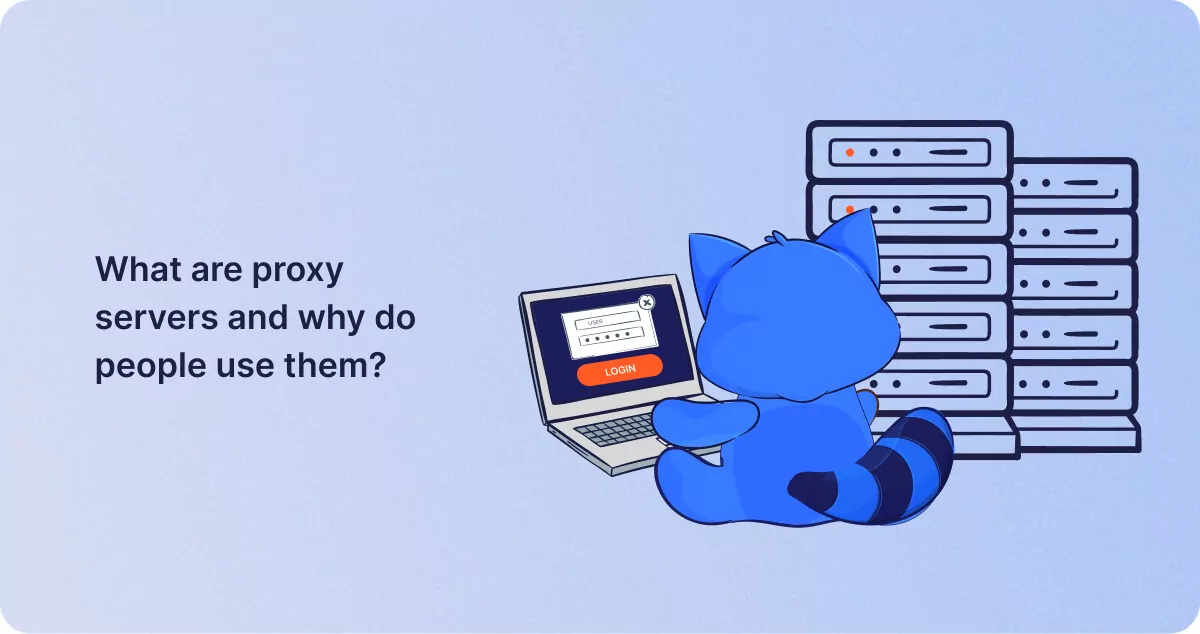What is Third Party Risk Management (TPRM)?
1Click VPN Team in cybersecurity
27.04.2025 | 3 min read

Table of contents
It’s essential to know what third party risk management (TPRM) tools do in today’s age of increasing cybersecurity risks.
That’s why this glossary article defines TPRM, why it matters, types, components and tools and software so you can see if it is what you need as part of your online security strategy.
Definition of Third-Party Risk Management
Third Party Risk Management helps businesses measure the risk of working with third parties. They keep records on their interactions with all external companies to ensure they work safely at all times with any organizations.
They do so by identifying, assessing, and mitigating risks from any external vendor or service provider they come into contact with. These companies include suppliers, contractors, SaaS providers, and other types of providers.
Why TPRM Matters
So why is TPRM so important and why does it matter?
There are many business risks that external companies pose to the organizations that begin contracts to use their services. These risks include data breaches, where data is accessed without authorization, regulatory fines when regulations are not followed and service disruptions that cost time and money.
Another big point to note regarding why TPRM matters is that third parties can introduce vulnerabilities even when you are keeping all your systems secure, because you give them access to your data and the way your systems work.
TPRM is becoming increasingly significant within several related fields, like cybersecurity, compliance, and reputation management. So it’s worth learning about what it is and how to implement it if you want to maintain security and your reputation.
Common Types of Third Party Risks
There are several types of third party risks that TPRM helps manage. It’s essential to know them so you can be aware of them and identify them to reduce damage to your data and reputation and avoid costly regulatory fines.
The most common examples are:
- Cybersecurity risk
- You’ll often notice this risk occurring when outside companies accidentally allow hackers to get into your systems. If you’re not careful, it can lead to stolen information, broken tools, or dangerous computer problems.
- Compliance risk
- This risk means a third-party company might not follow important laws or rules. If they break these rules, your business can also get in trouble and face serious legal consequences.
- Operational risk
- This happens when an outside company fails to deliver something you need. It can slow down your work, stop important tasks, or cause confusion that affects how your business runs.
- Reputational risk
- If a company you work with does something wrong, people might blame your business too. This can make customers lose trust and hurt the way people think about your brand.
- Financial risk
- When a partner company loses money or can’t pay what they owe, it can hurt your business. You might lose money, face delays, or spend more unexpectedly.
Know these risks inside and out to understand how they work and identify them when they occur to protect your company.
Key Components of a TPRM Program
When you know the key components of a TPRM program you can ensure you get the best one to fit your needs.
Key components of a TPRM include:
- Vendor Risk Assessments
- This means checking how safe and reliable a company is before working with them, so your business stays protected and strong.
- Due Diligence and Onboarding Checks
- Before starting work, you carefully review a company’s background, rules, and safety steps to avoid problems later on.
- Continuous Monitoring
- This means keeping an eye on companies you work with all the time, so you quickly notice changes that might cause problems.
- Risk Scoring and Reporting
- Companies are given scores based on how risky they are, helping your team decide which ones need more attention or action.
- Remediation and Response Plans
- If something goes wrong, this plan explains what to do next so you can fix the issue and keep things running.
Final Thoughts
In today’s interconnected digital world, third-party risk management (TPRM) is no longer optional—it’s essential. With threats to cybersecurity, compliance, operations, reputation, and finances on the rise, a strong TPRM strategy gives businesses the confidence to grow and innovate without exposing themselves to unnecessary risks. Whether you’re just starting to build a TPRM program or looking to strengthen an existing one, understanding its key components and the types of risks it addresses is a critical step. By prioritizing third-party risk management, you not only protect your data and systems but also safeguard your company’s future.
Similar posts

What are proxy servers and how do people use them?
Proxy servers allow users to access the internet from their home or office whilst hiding their location, IP address, and…

Why some countries block WhatsApp and how to unblock it
Why do some countries block WhatsApp? As in so many walks of life, one of the primary reasons for governments doing anyt…